In recent years, the US military has been utilizing augmented reality as a training tool, giving officers and soldiers an opportunity to train and hone their decision-making, tactical efforts, and weapons accuracy via virtual scenarios.
Now, the US Navy is also delving into the AR space at the Center for Security Forces Detachment in Currituck County, North Carolina. Dubbed TRACER (Tactically Reconfigurable Artificial Combat Enhanced Reality), the team's new immersive training system provides realistic scenarios for sailors by altering already existing software developed by Magic Leap (the underpinnings of the new system were developed for the US Army's Augmented Reality Dismounted Soldier Training project). The AR system includes advanced weapon and movement tracking capabilities, along with visual and auditory feedback that immerses the sailors in training simulations that mirror what they might face in real situations.
But why use AR for Navy teams? The answers is rather simple: lack of space. While stationed on the ship at the Naval Support Activity Northwest Annex, sailors didn't have enough room to take part in specialized training scenarios. In fact, at times, normal, non-AR-assisted training interfered with regular operations on board the vessel.
According to TRACER project lead Dr. Patrick Mead, from the Human Systems Development and Research Branch of the Naval Surface Warfare Center, there is also limited time to get sailors the training they need. Generally, traditional training has taken away time from the sailors' primary jobs on the ship.
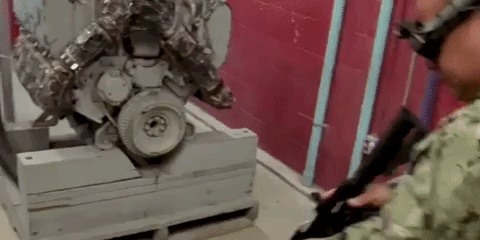
These concerns were first presented to the Office of Naval Research Global TechSolutions, which allows sailors and marines to submit technology requests directly to the development community. As a result, TRACER was created and fully developed within 12 months of the initial request.
Equipped with Magic Leap One headsets and an instrumented weapon with realistic recoil by Haptech, a California-based startup that also develops haptic feedback interfaces for VR, the sailors completed missions that focused on security force fundamentals and expeditionary warfare training.

"This augmented reality virtual training environment allows us to become immersed into our existing curriculum," Commander Kim Littel, director of training innovation for the Navy's Center of Security Forces in Little Creek, Virginia, said in a video (below) explaining the program. "It allows us to be reconfigurable at a moment's notice. We can go in and change the scenarios, change the threat they pose."
Chief Kurt Robinson was able to experience the TRACER system first hand.
"Starting outside the room and then entering the room with the AR where you can see everything ... It's almost like going into a different world," he said. "You can move around and scan the area. As you scan, you see people, which is pretty cool. If you tell them to get on the ground, they will respond and get down."

Littel also admitted that putting on the AR headset really made her feel immersed in the training, although she was a little skeptical at first.
"I'm a live fire, hands-on person. But doing this job, I've seen a lot of technology being advanced over the past couple of years. You really get pulled in really quickly. You feel you're within the augmented environment," she said.
The military is no stranger to the augmented reality space. The Army recently deployed an Integrated Virtual Augmentation System, which utilizes a modified HoloLens 2. In that case, the software assists the soldiers with weapons targeting and battlefield positioning. And, in 2017, the British Royal Navy implemented the HoloLens to support the Officers of the Watch, allowing them to transmit their field of view to other crew members on a ship.
With so much on the line, but so little space and time to work with while on a ship, augmented reality will likely continue to improve the Navy's training and communication as technology advances.
Just updated your iPhone? You'll find new emoji, enhanced security, podcast transcripts, Apple Cash virtual numbers, and other useful features. There are even new additions hidden within Safari. Find out what's new and changed on your iPhone with the iOS 17.4 update.
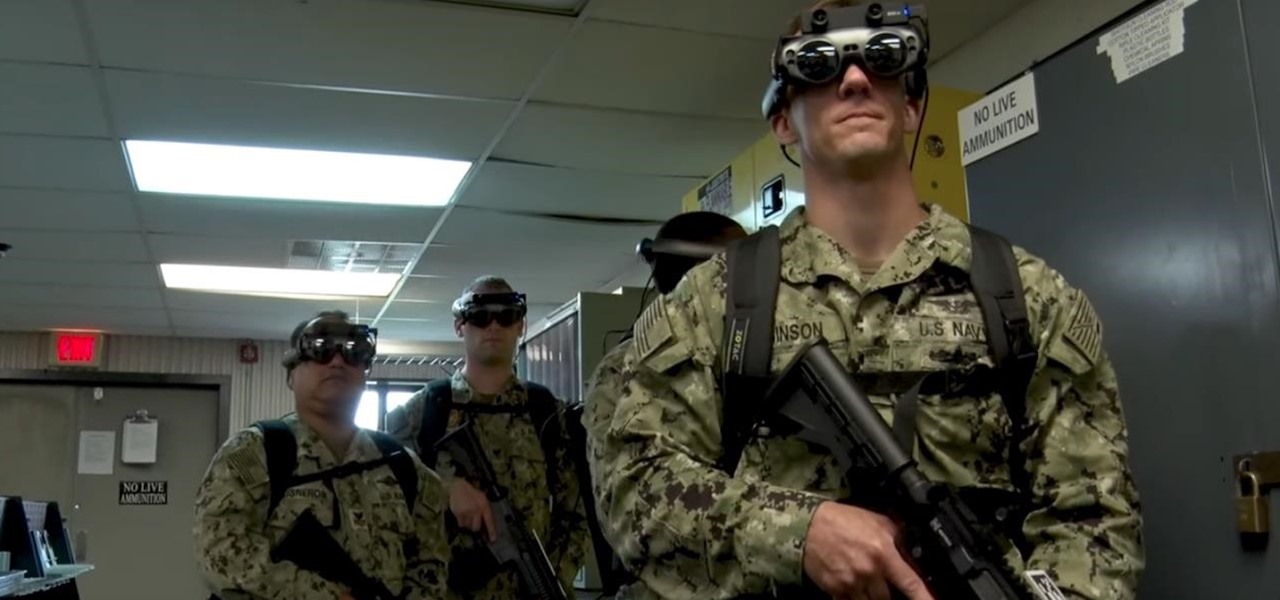



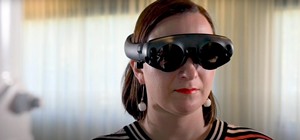



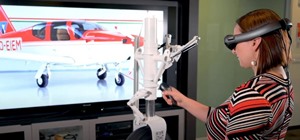




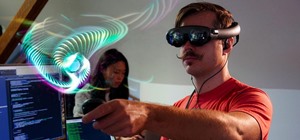

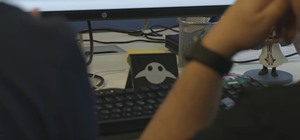
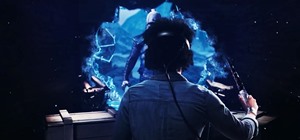
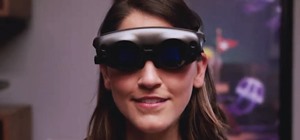

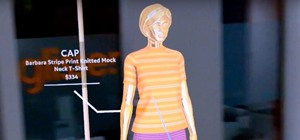
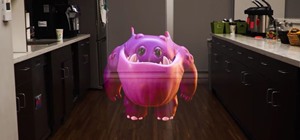
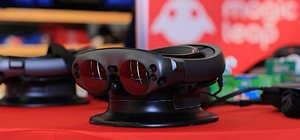

Be the First to Comment
Share Your Thoughts